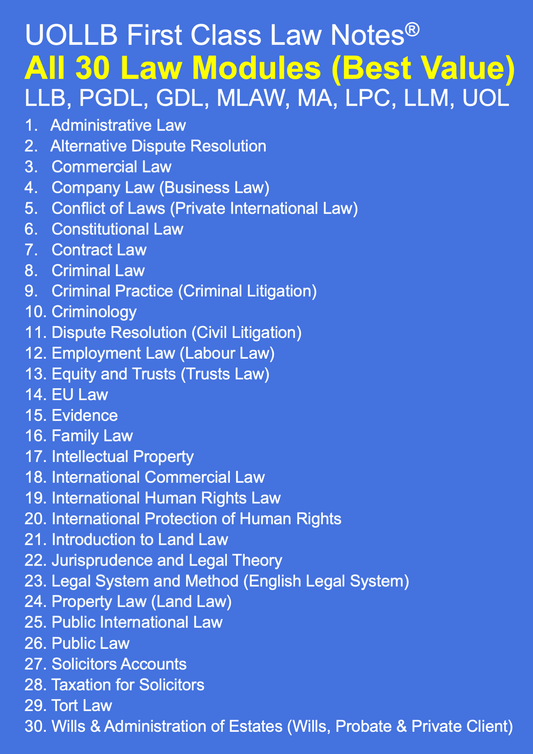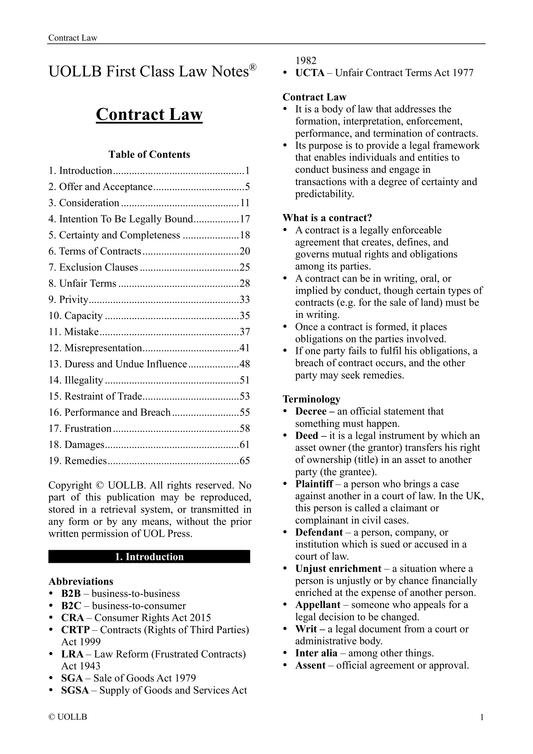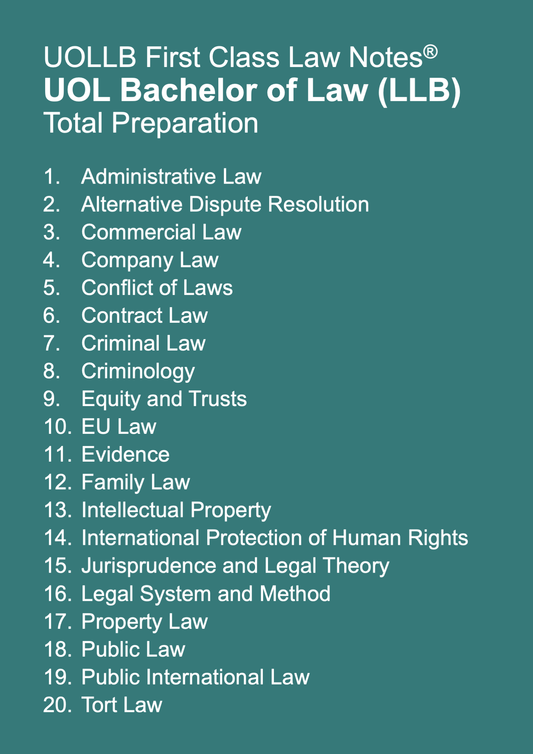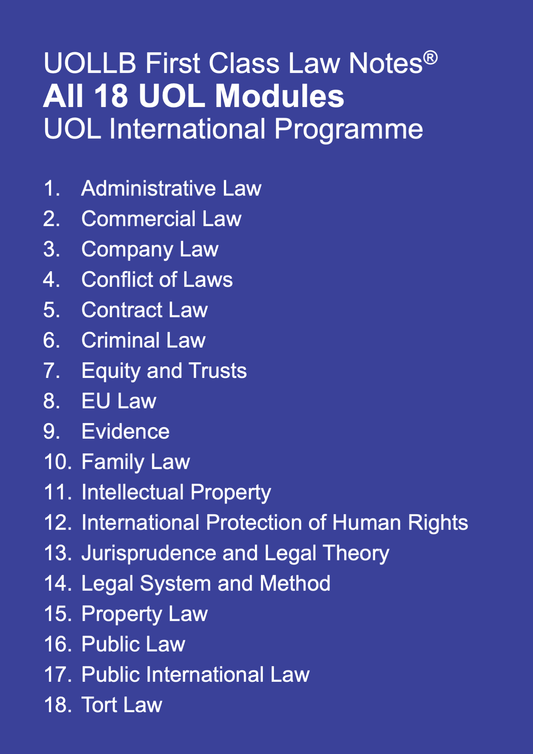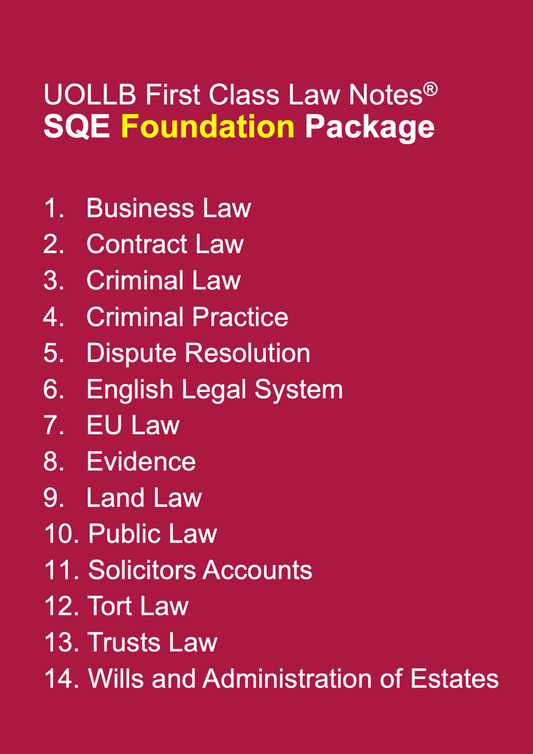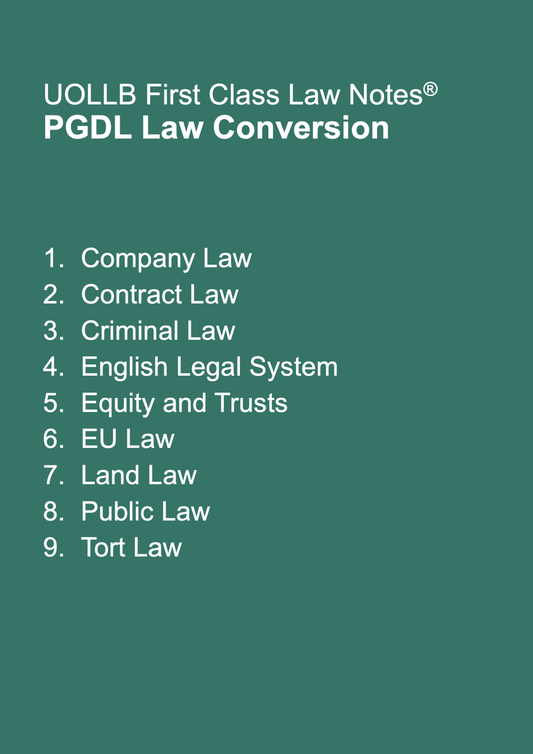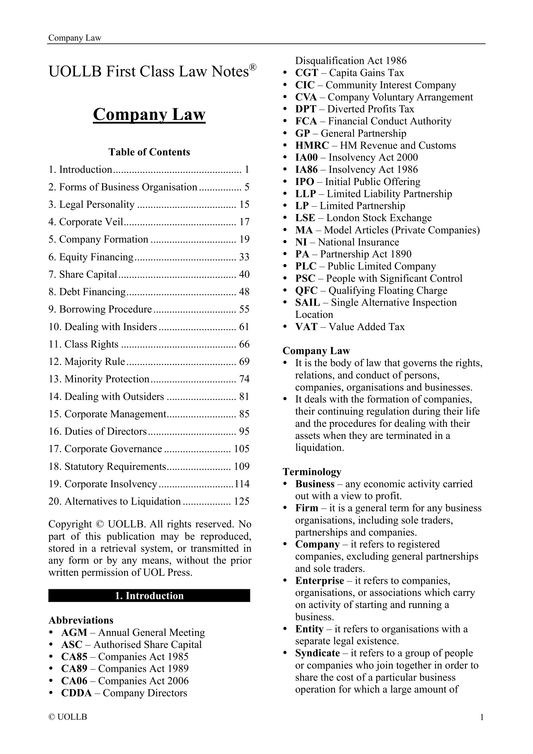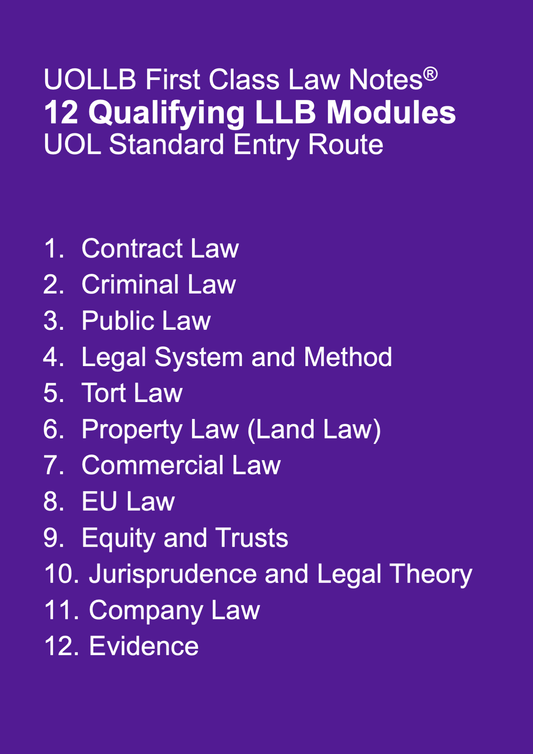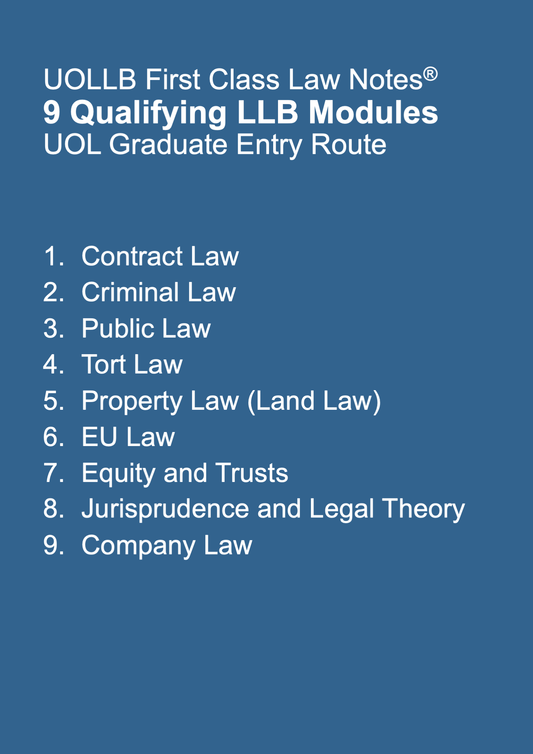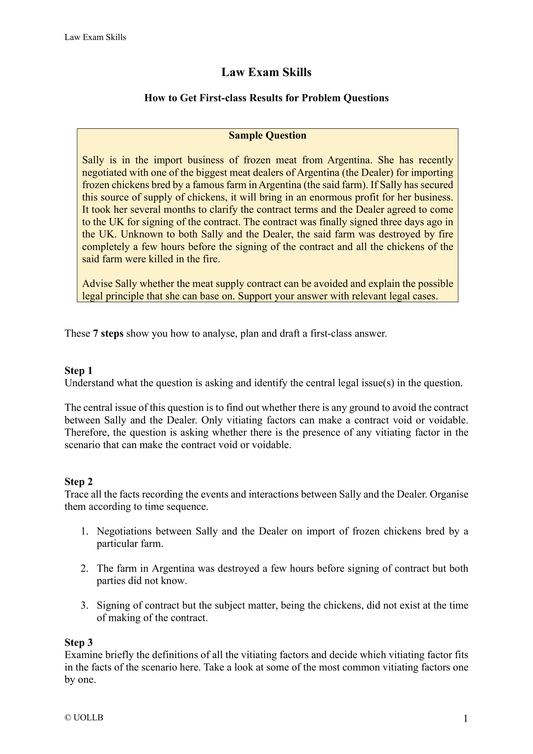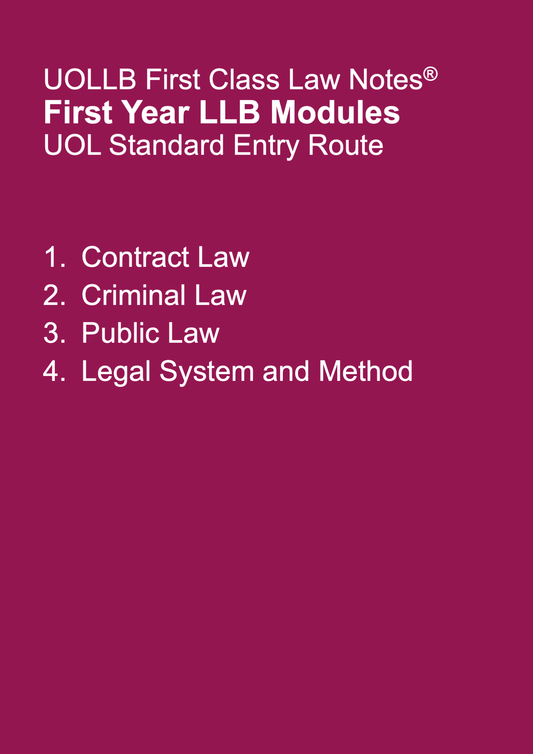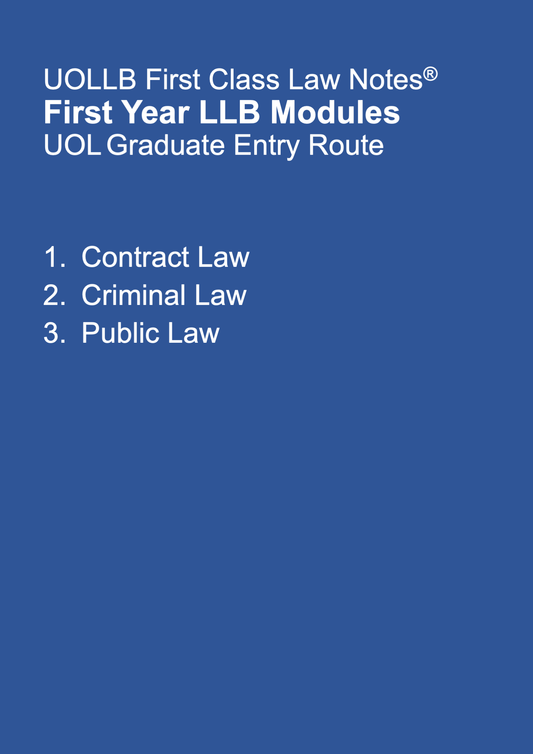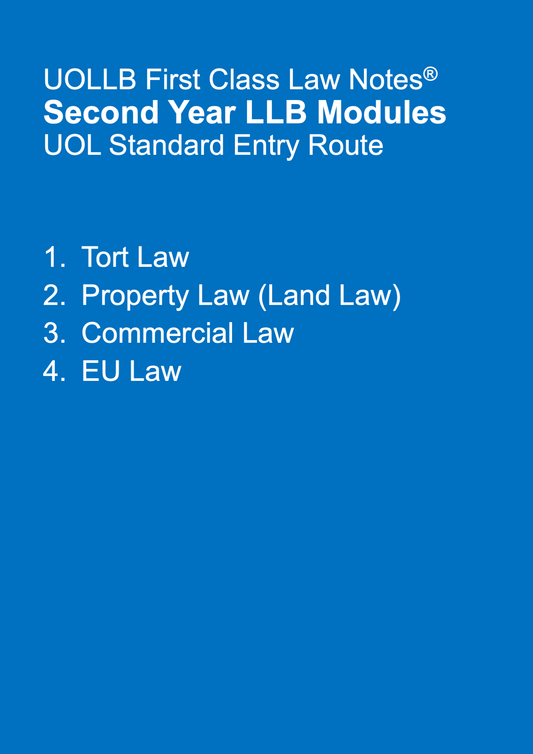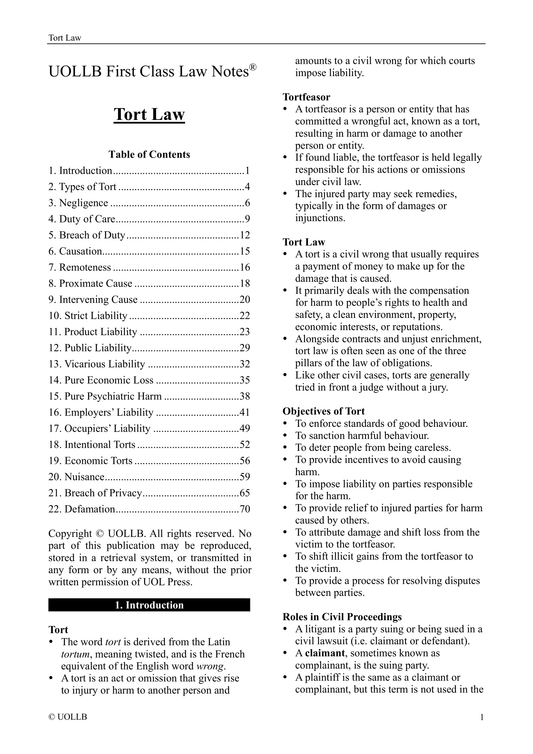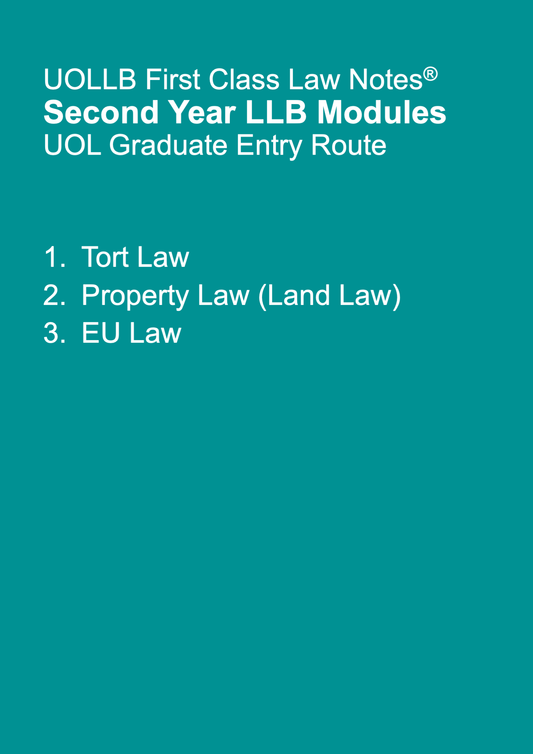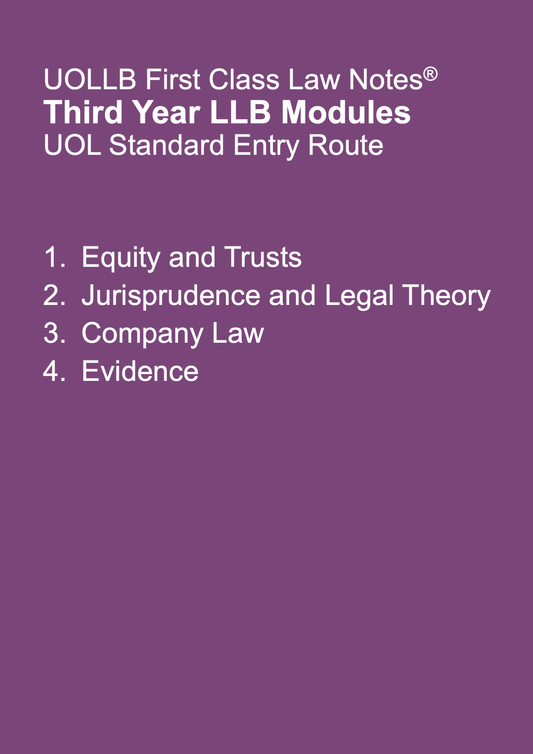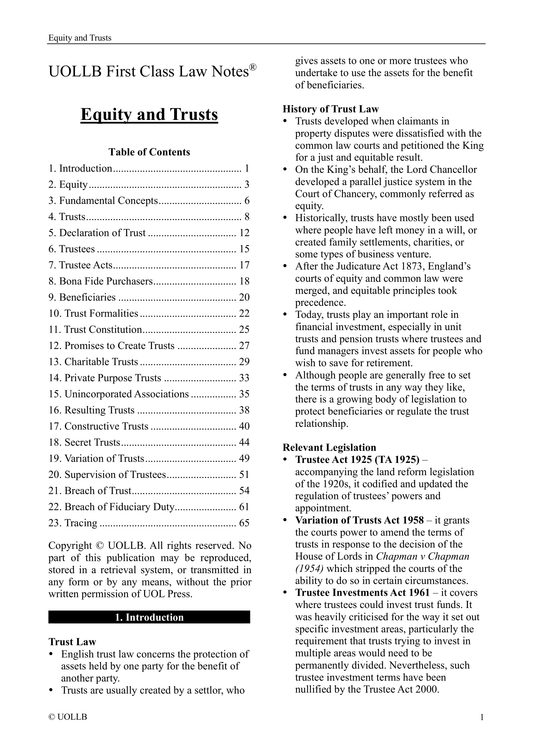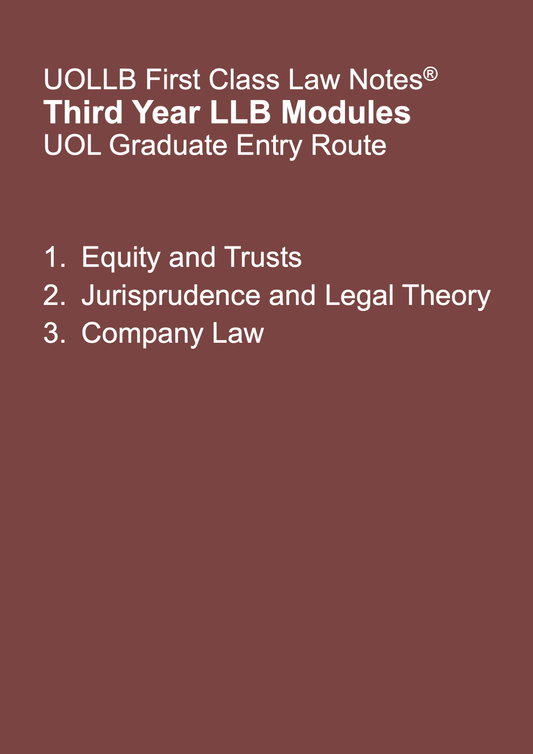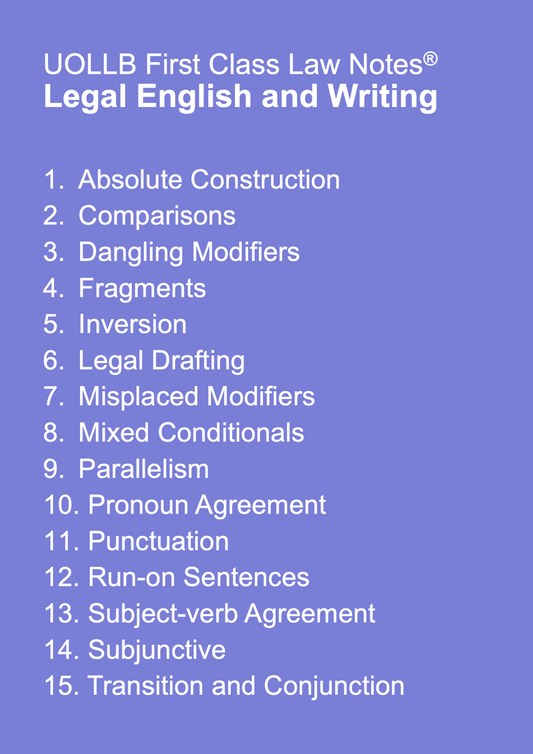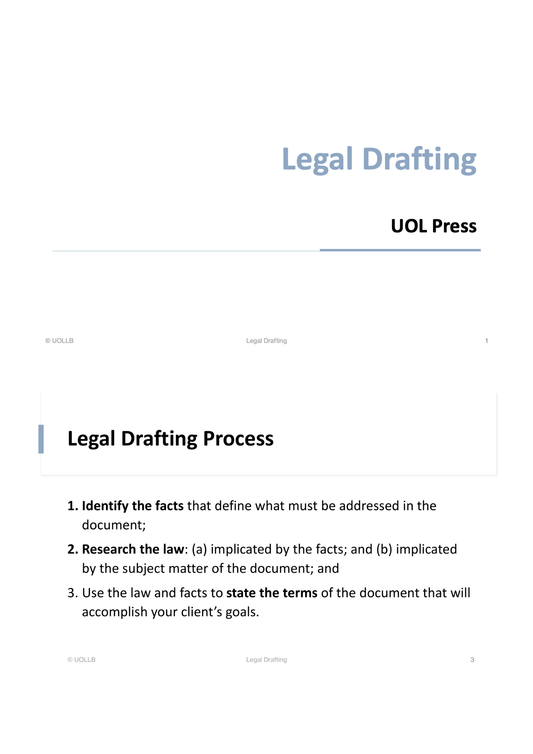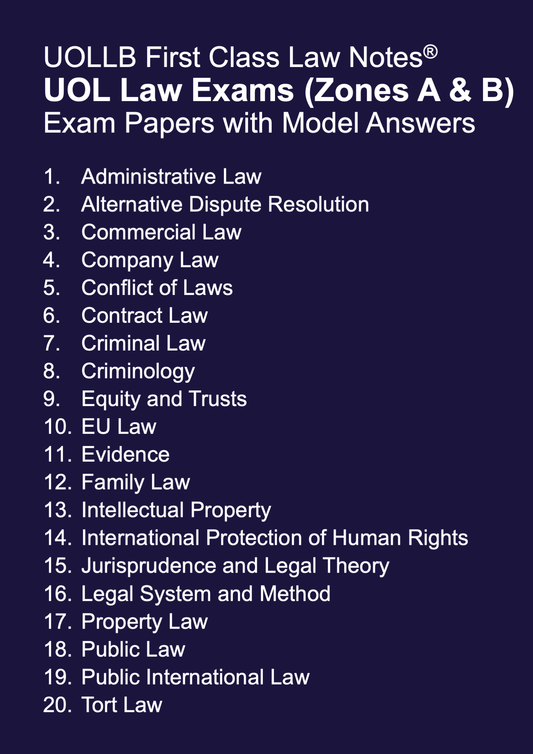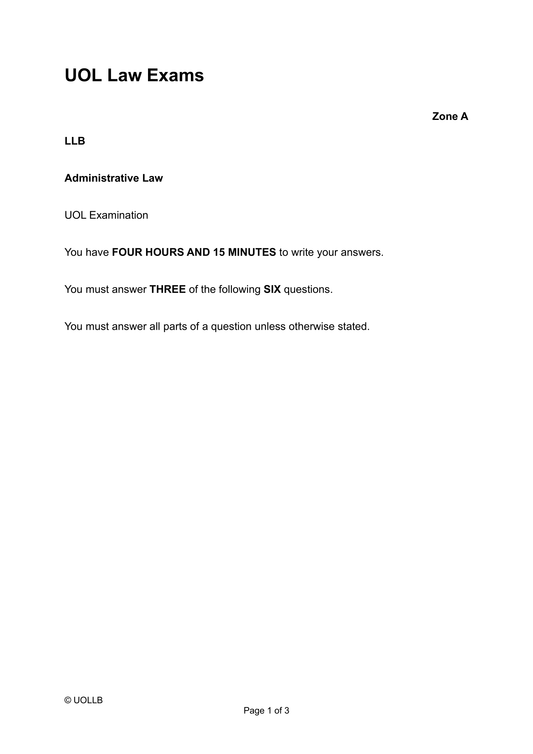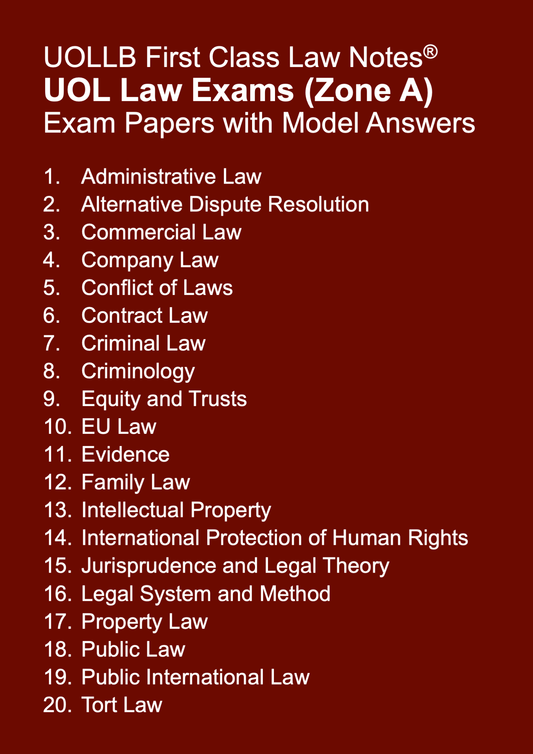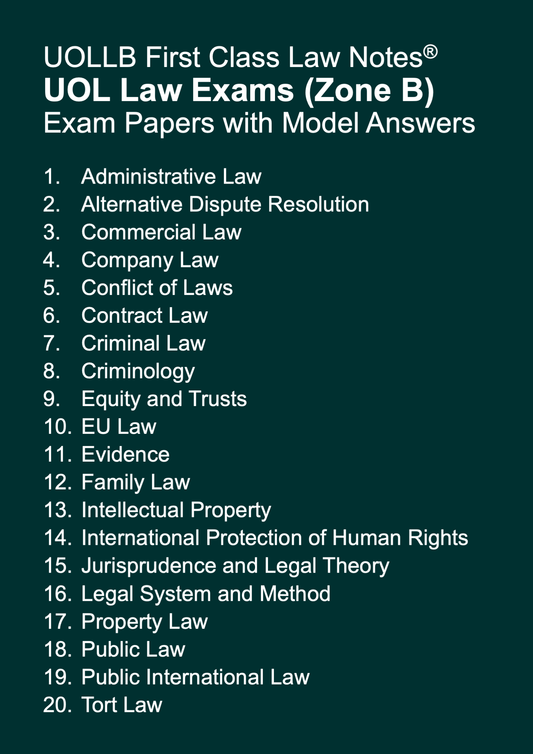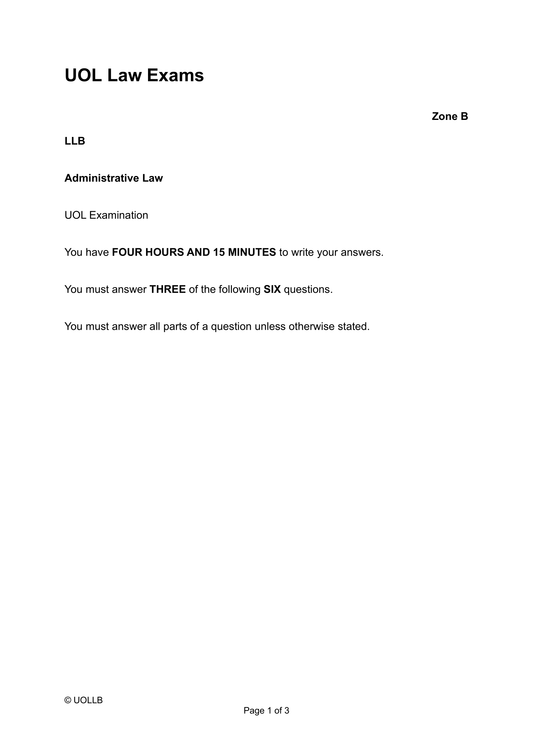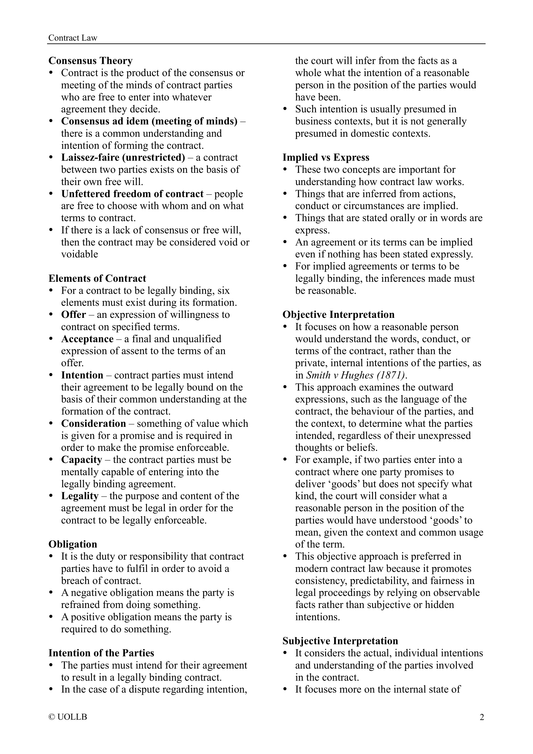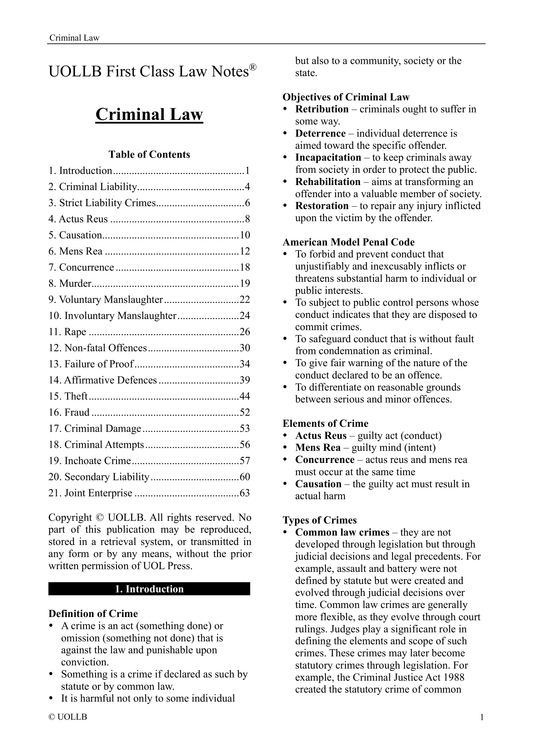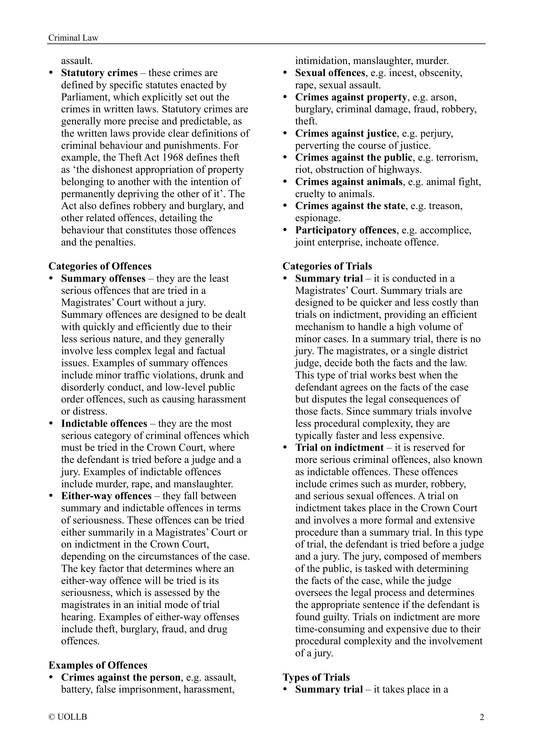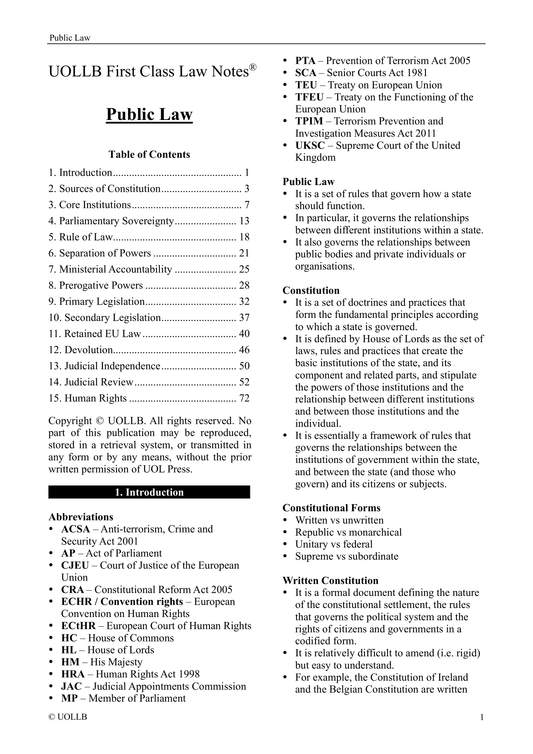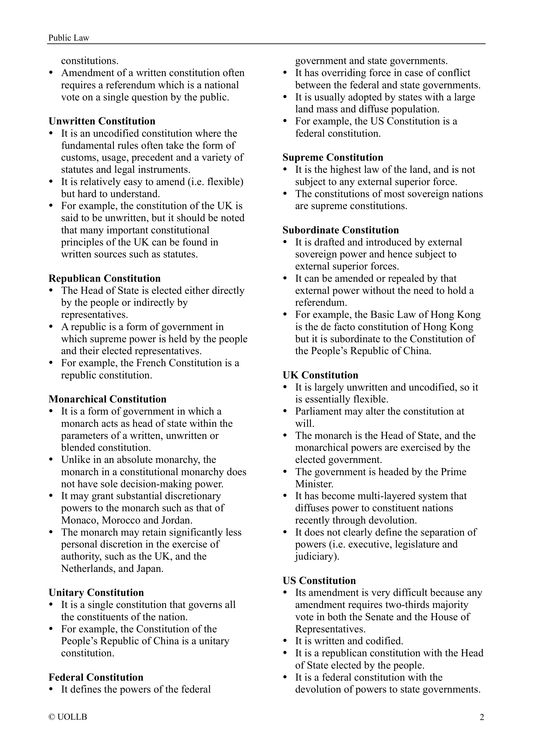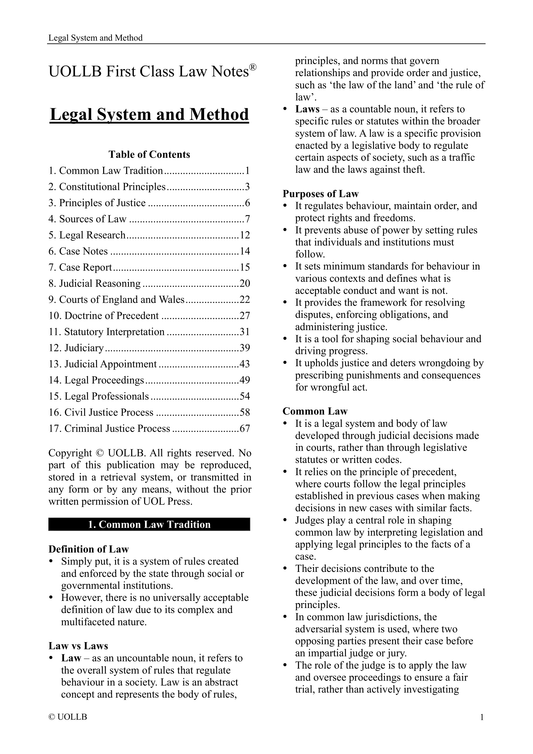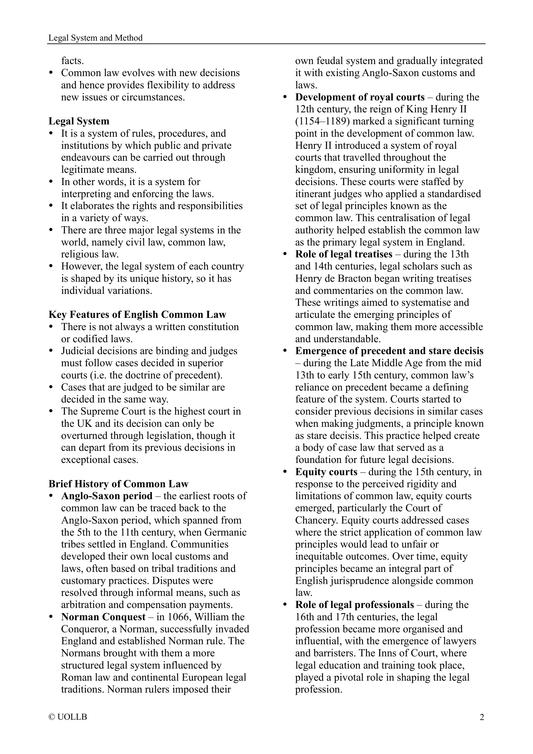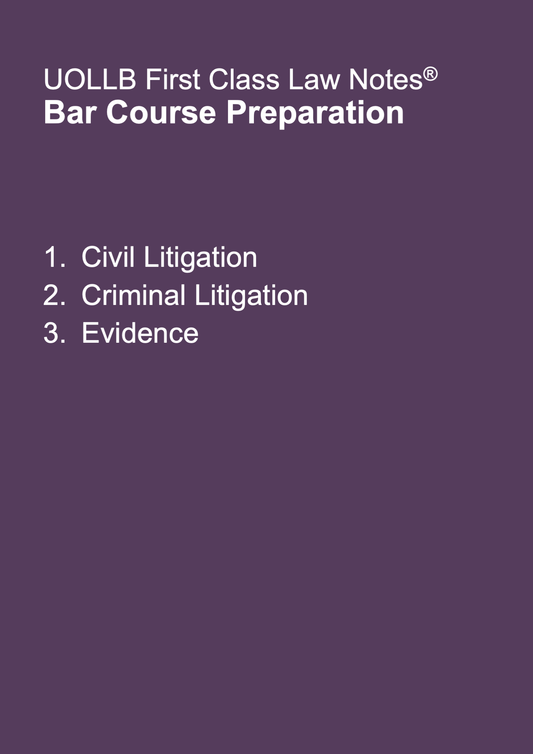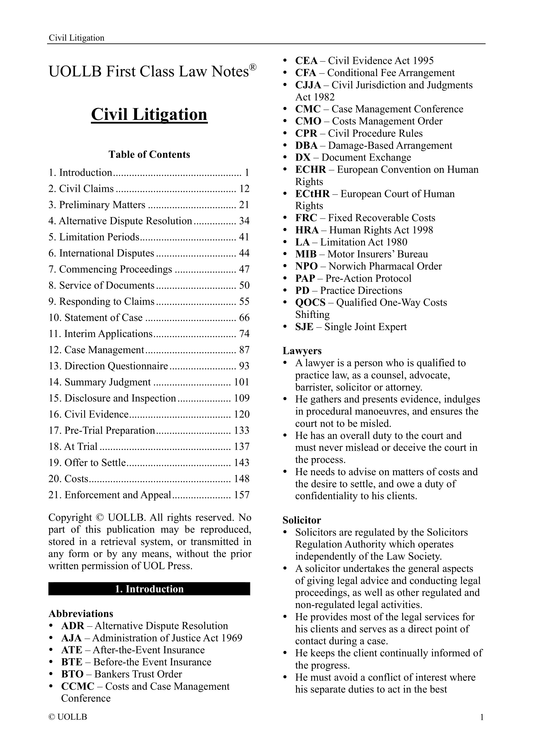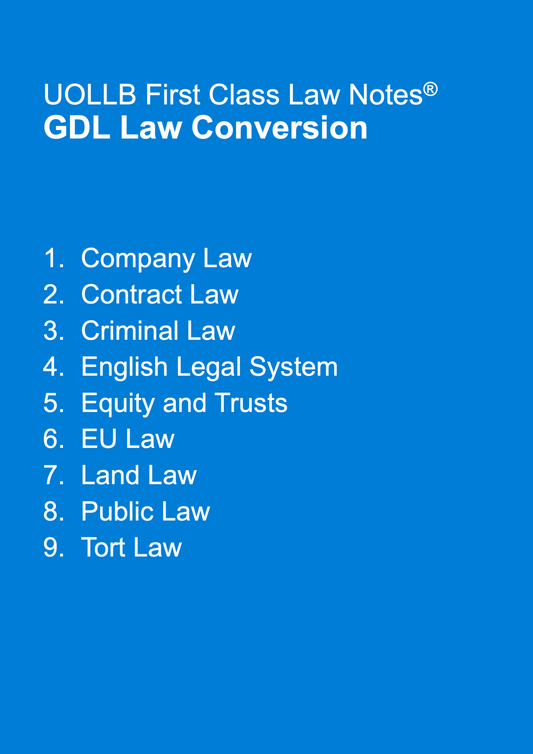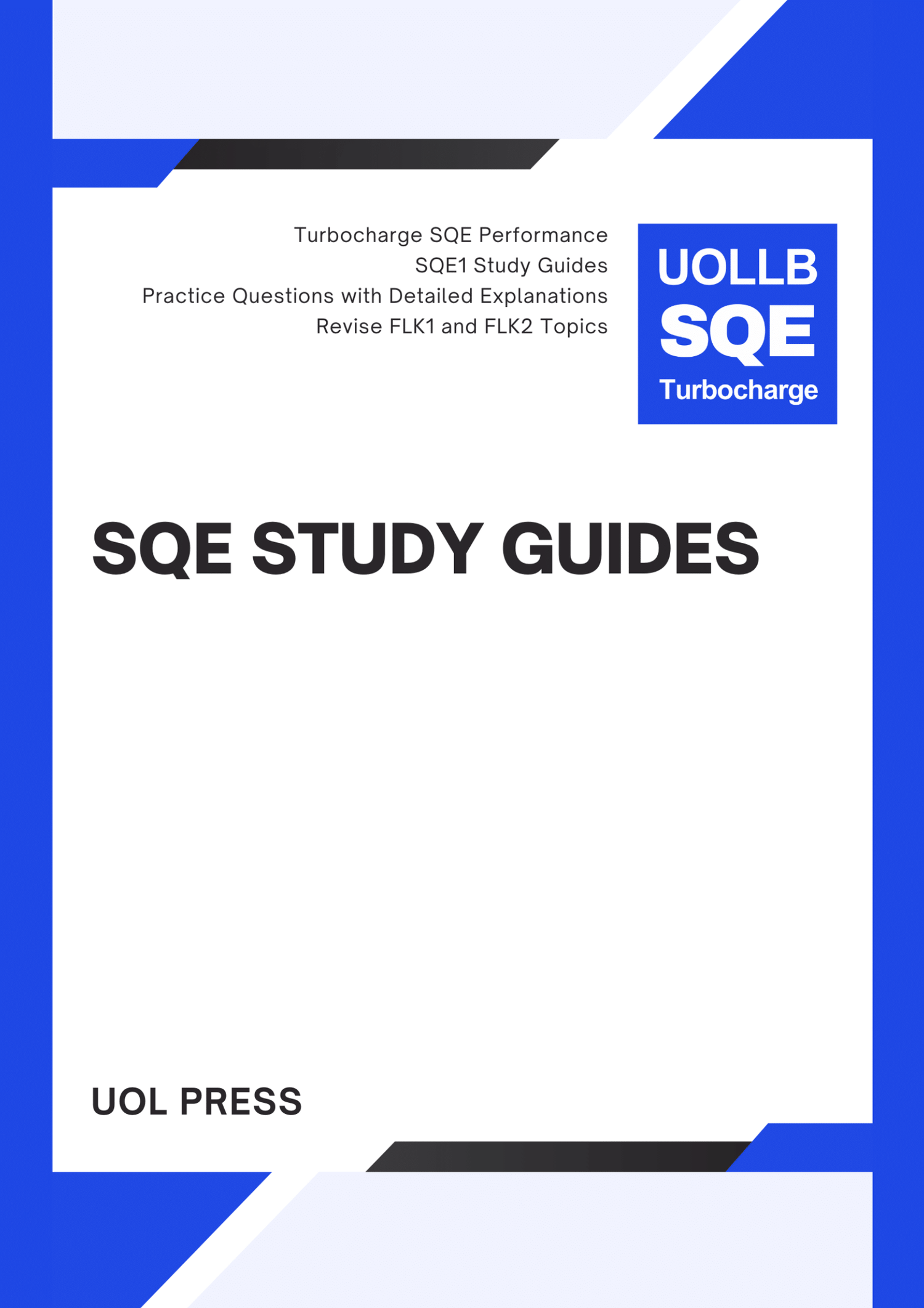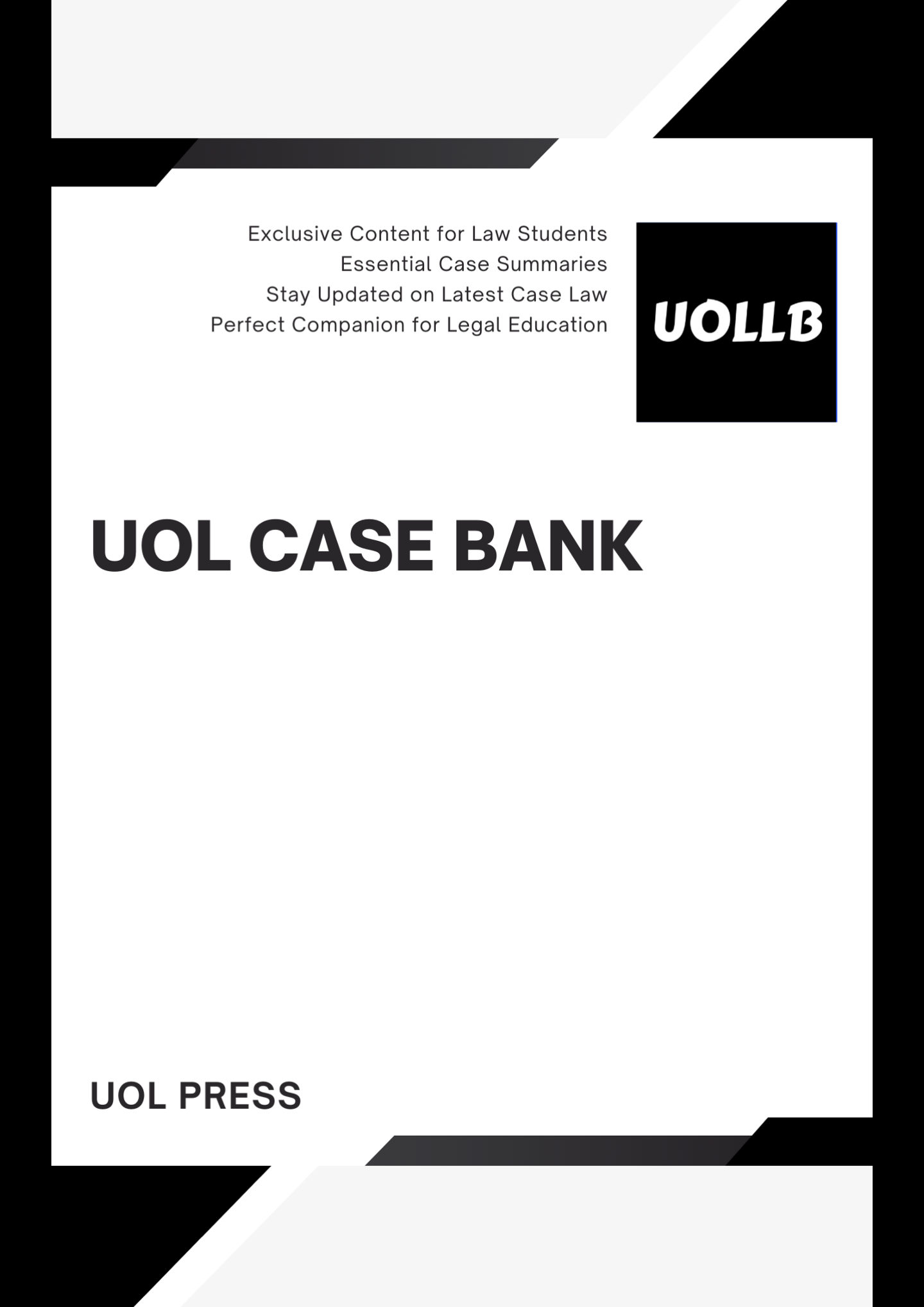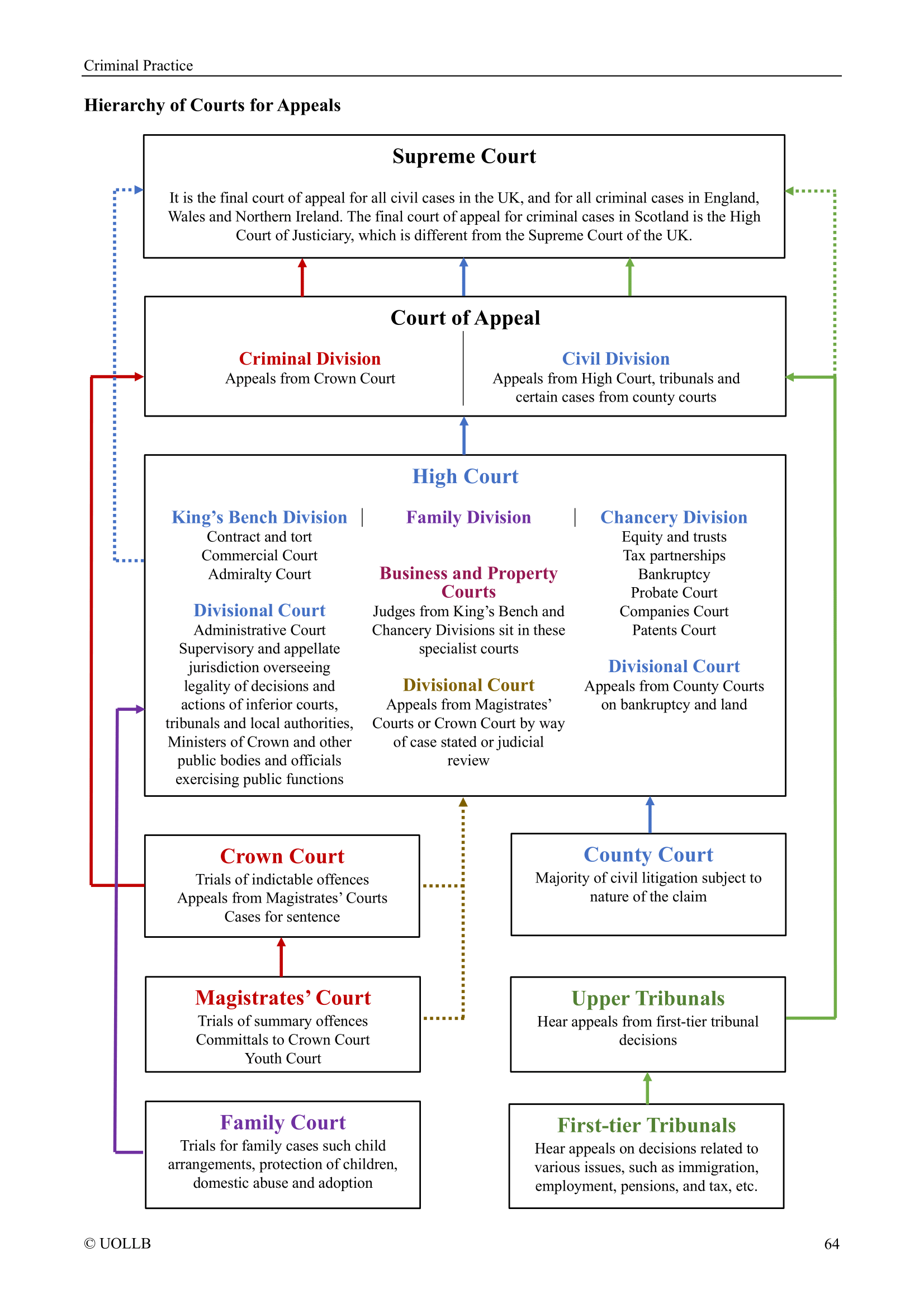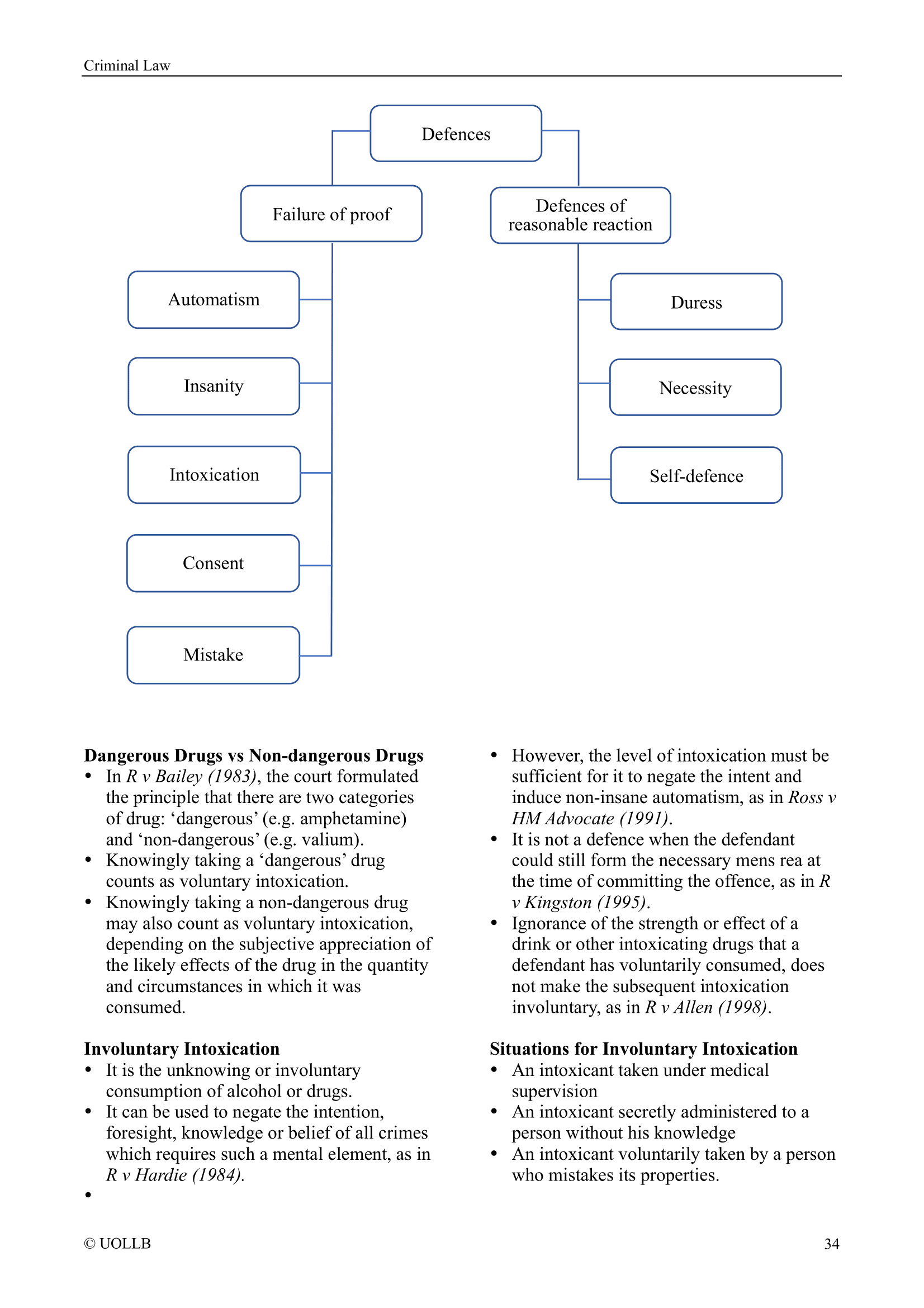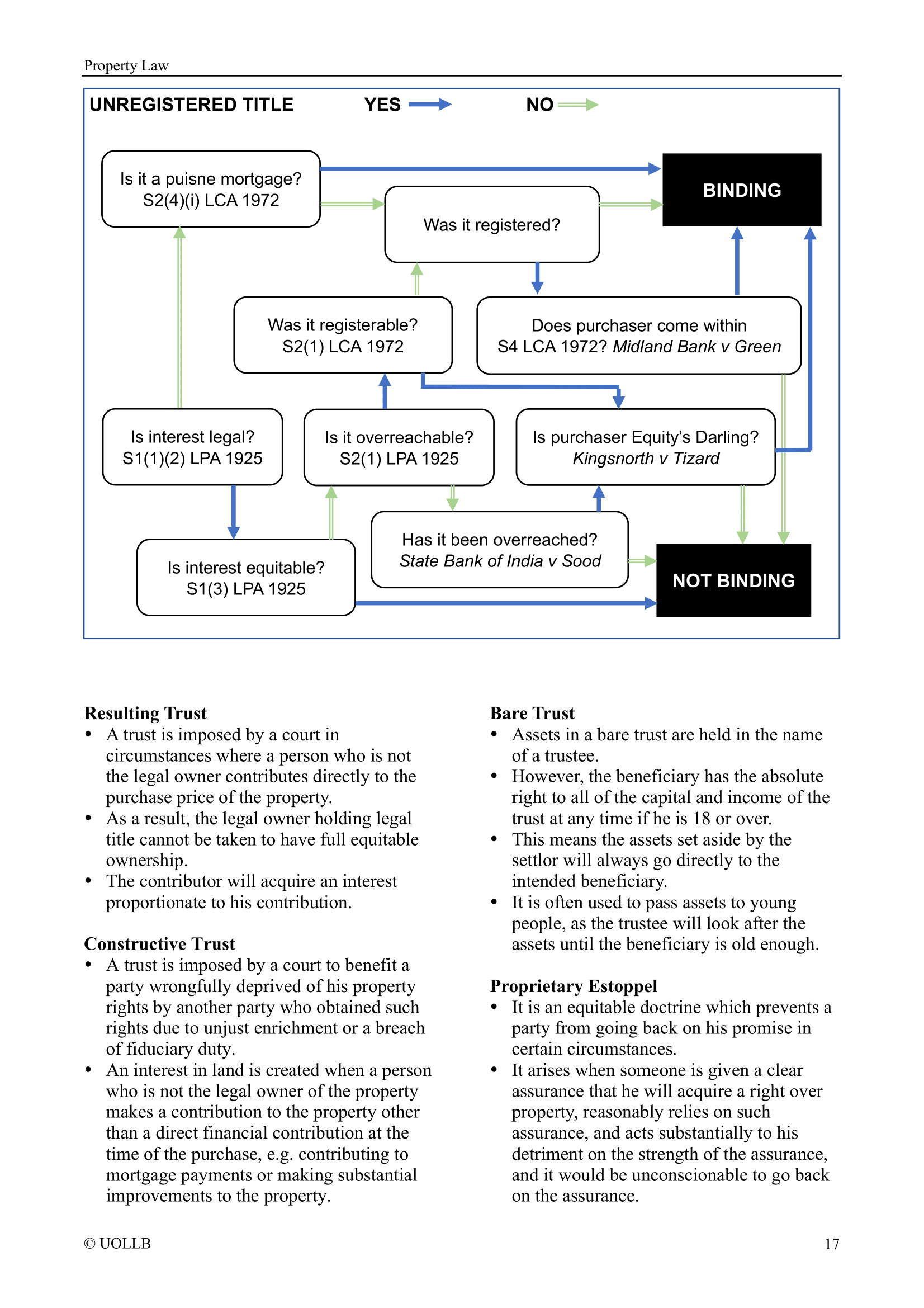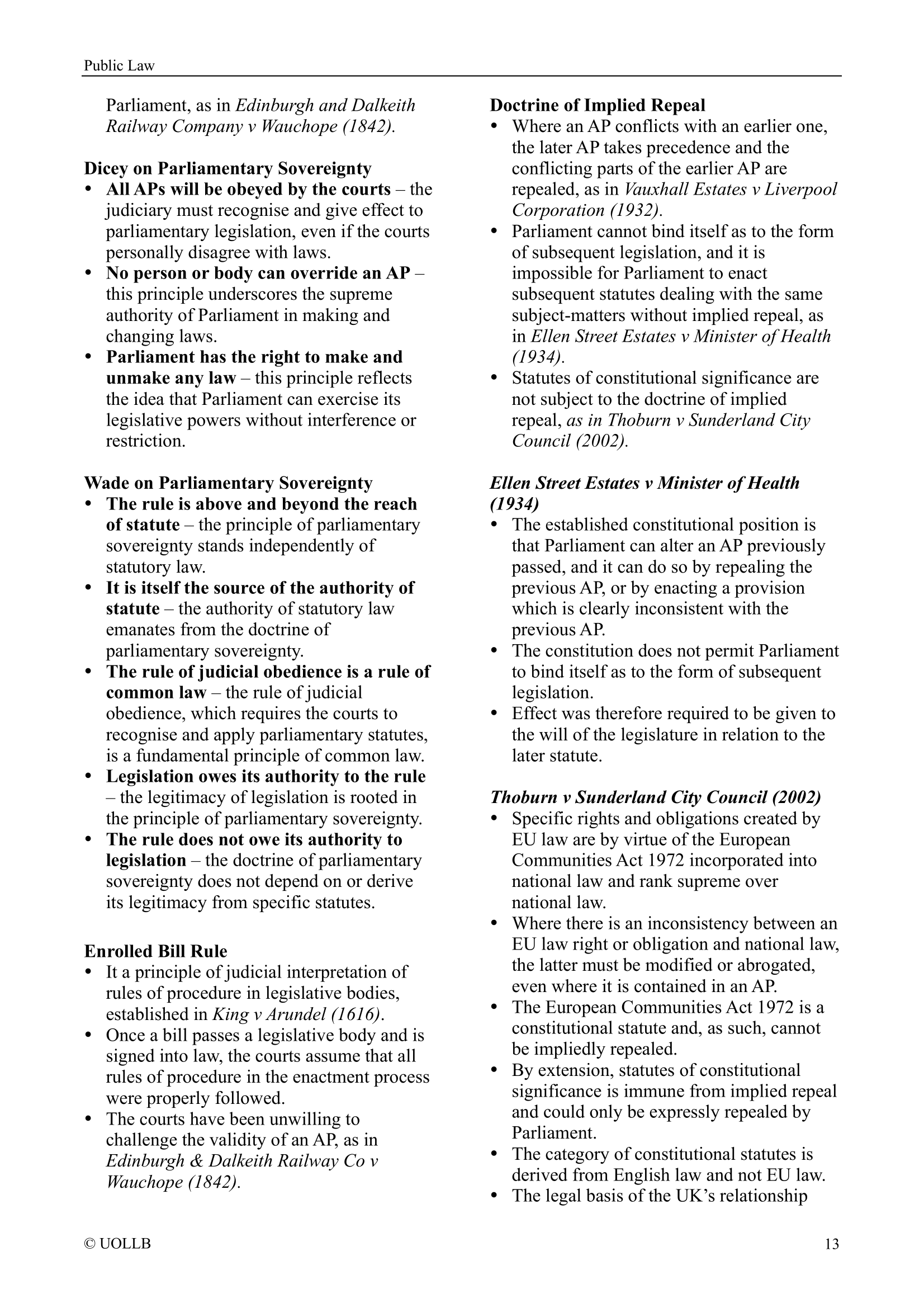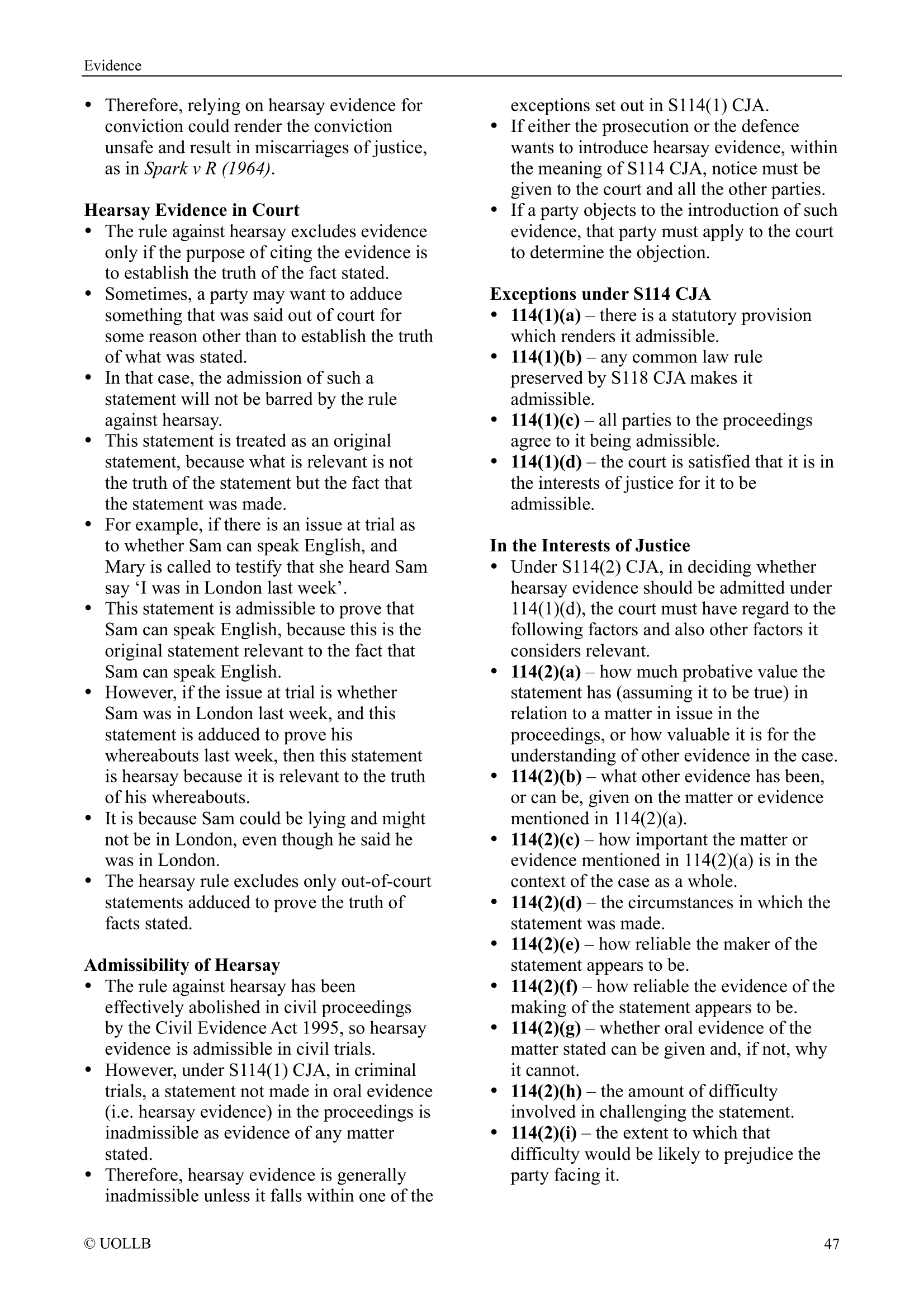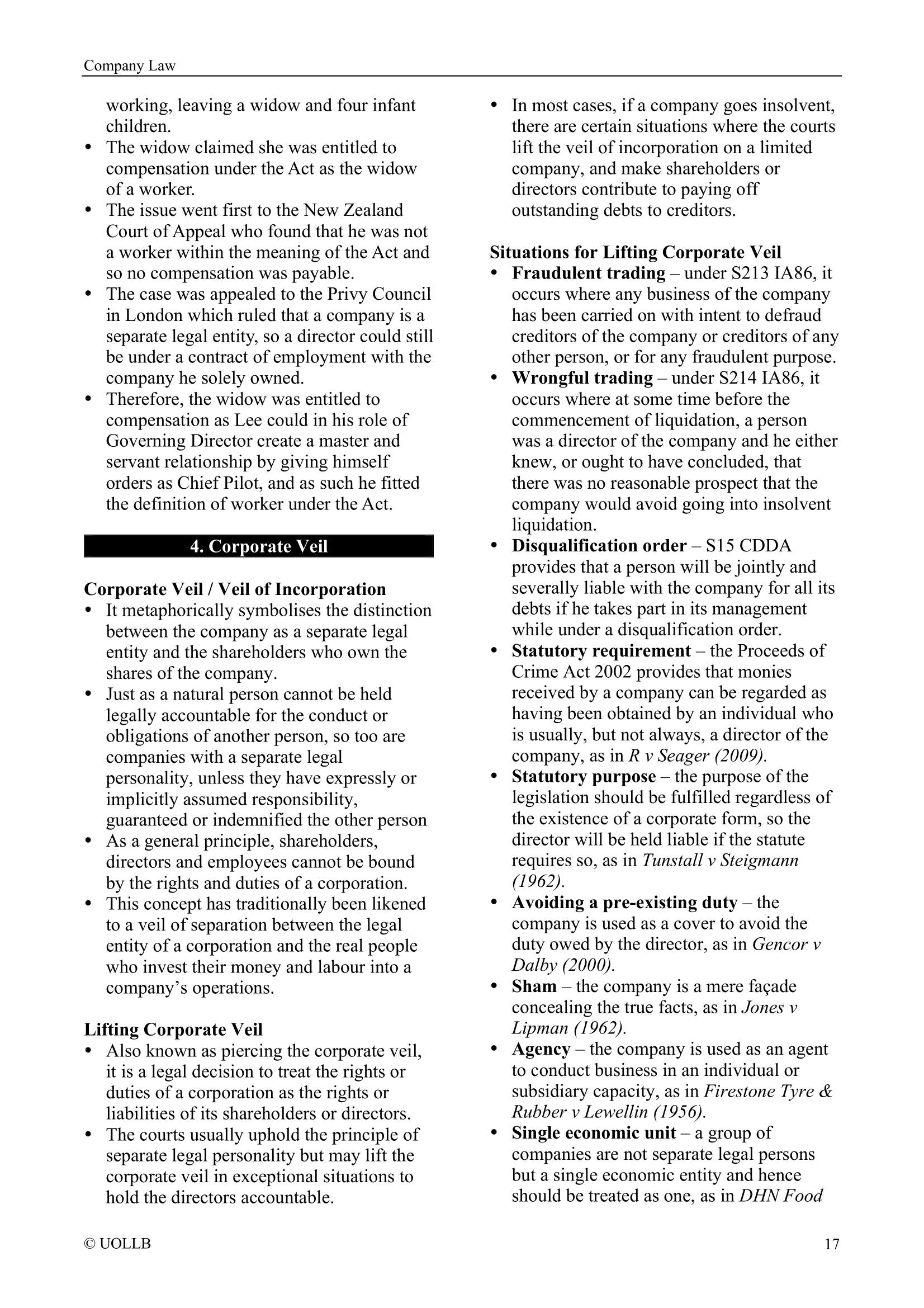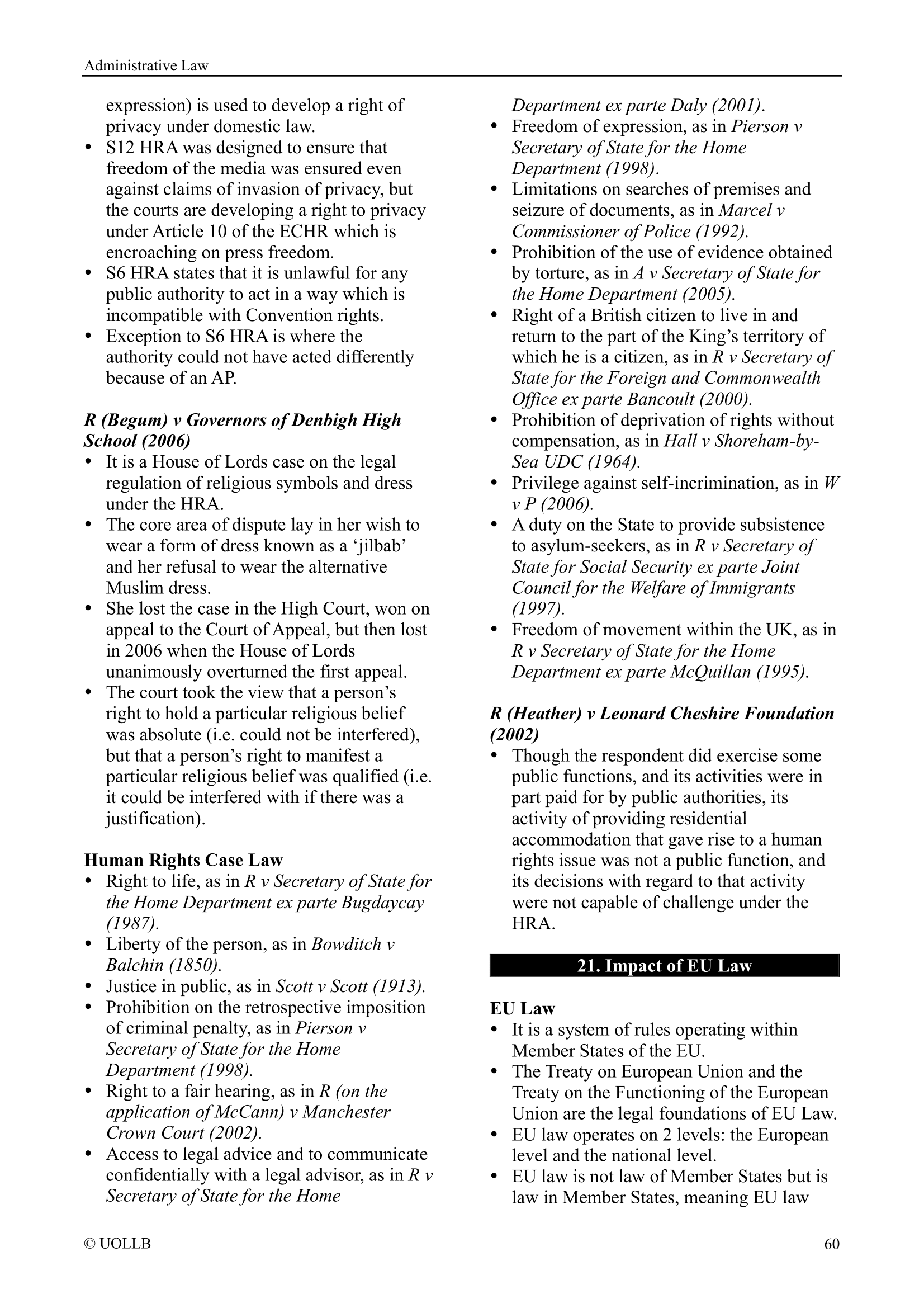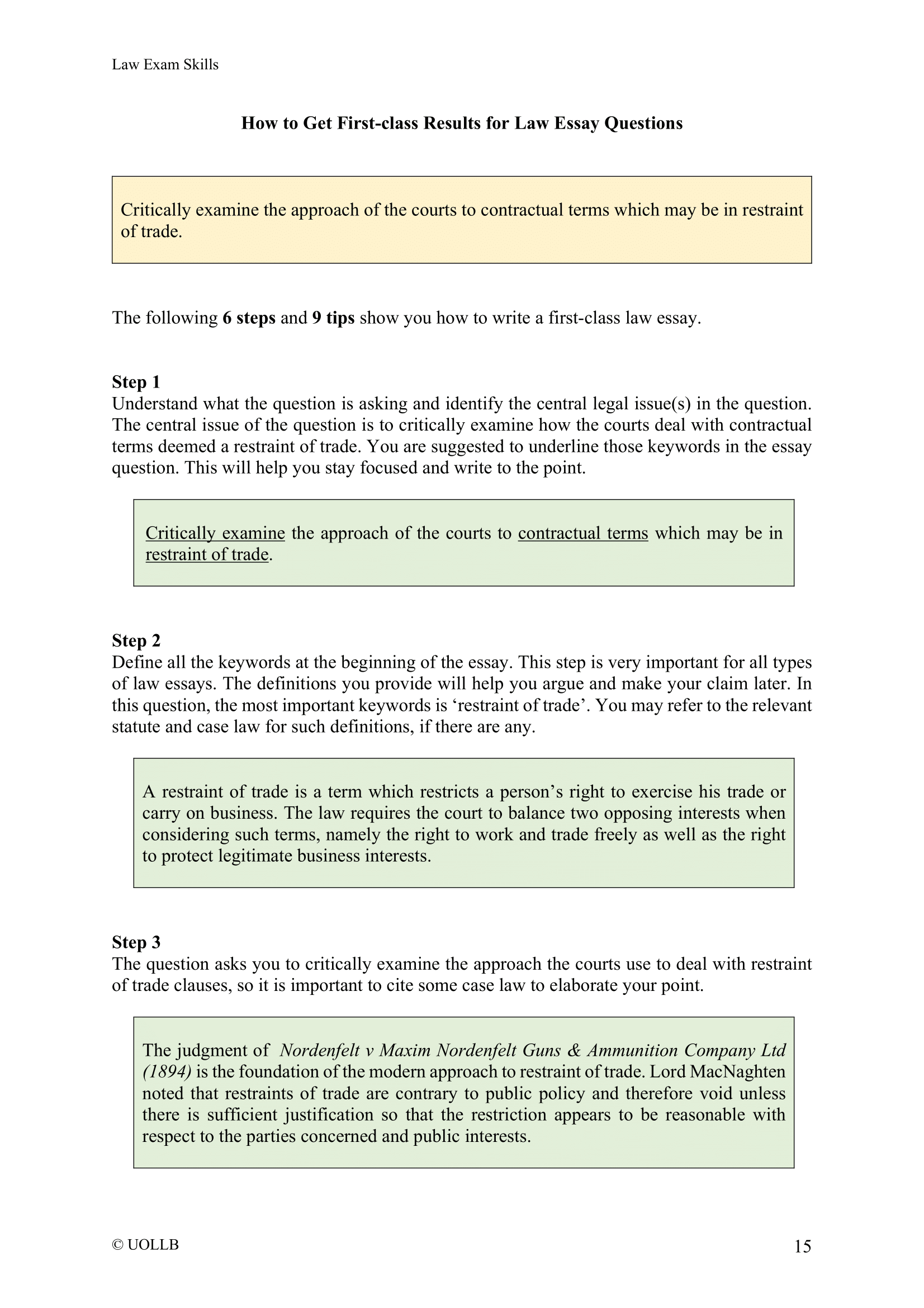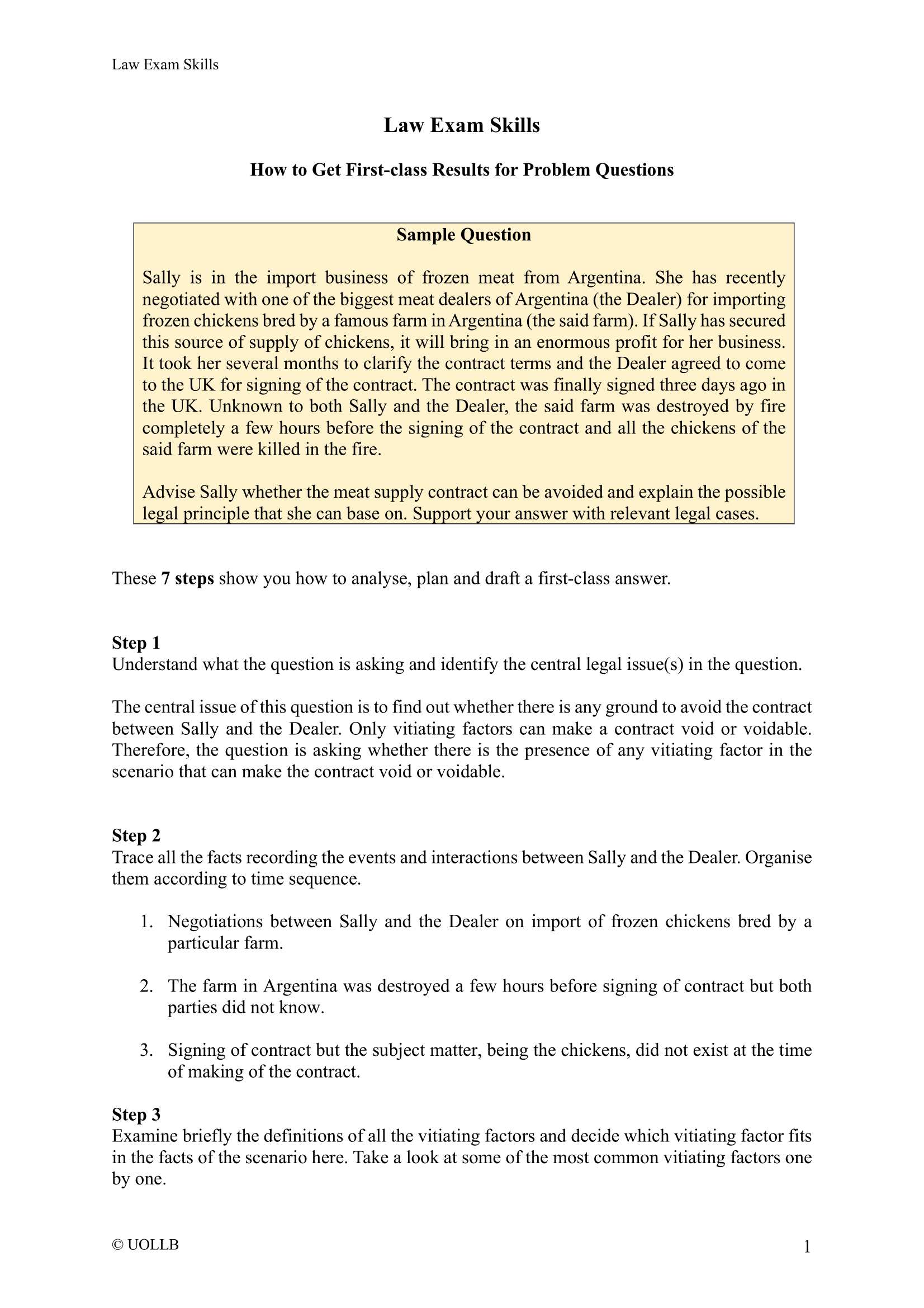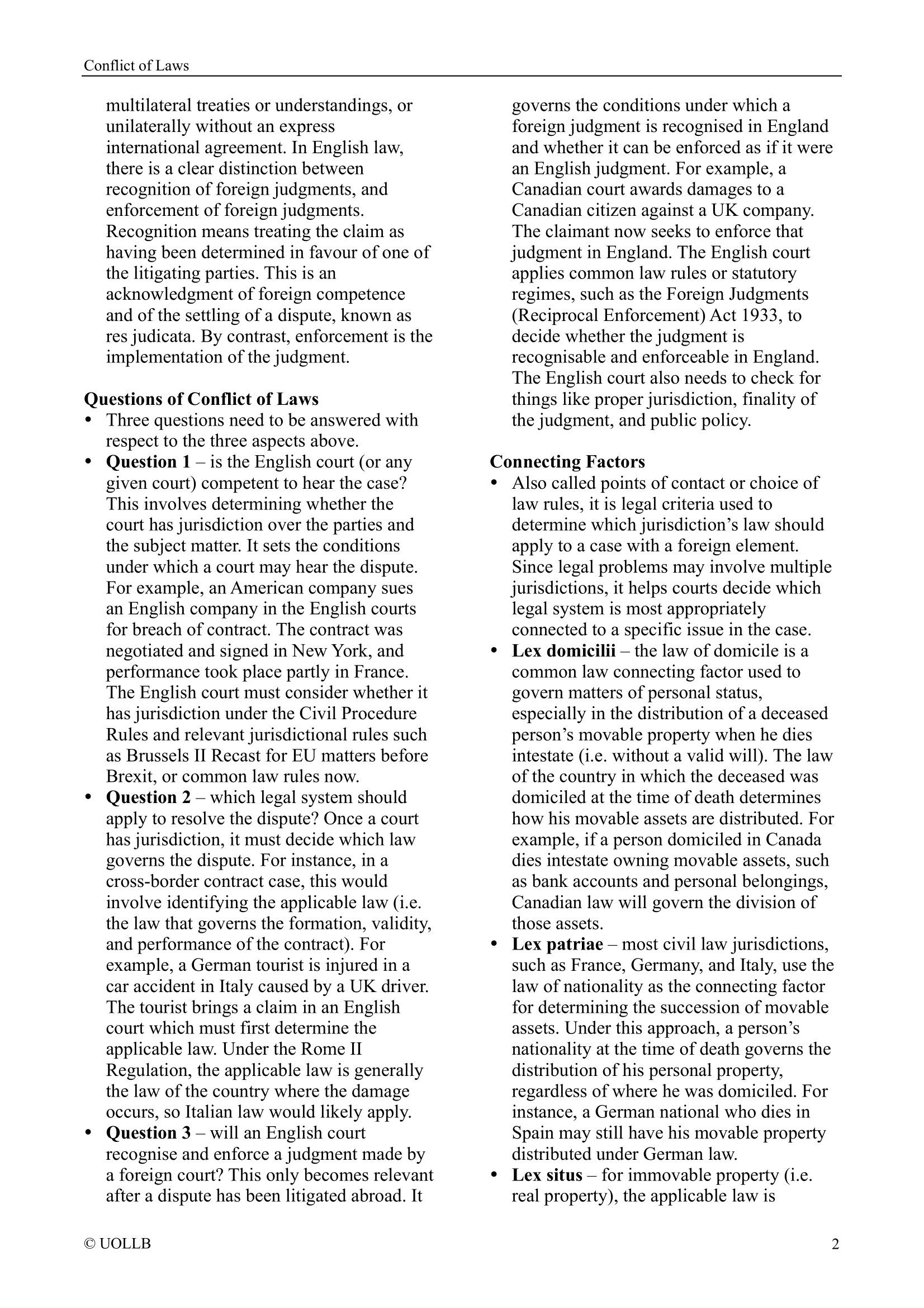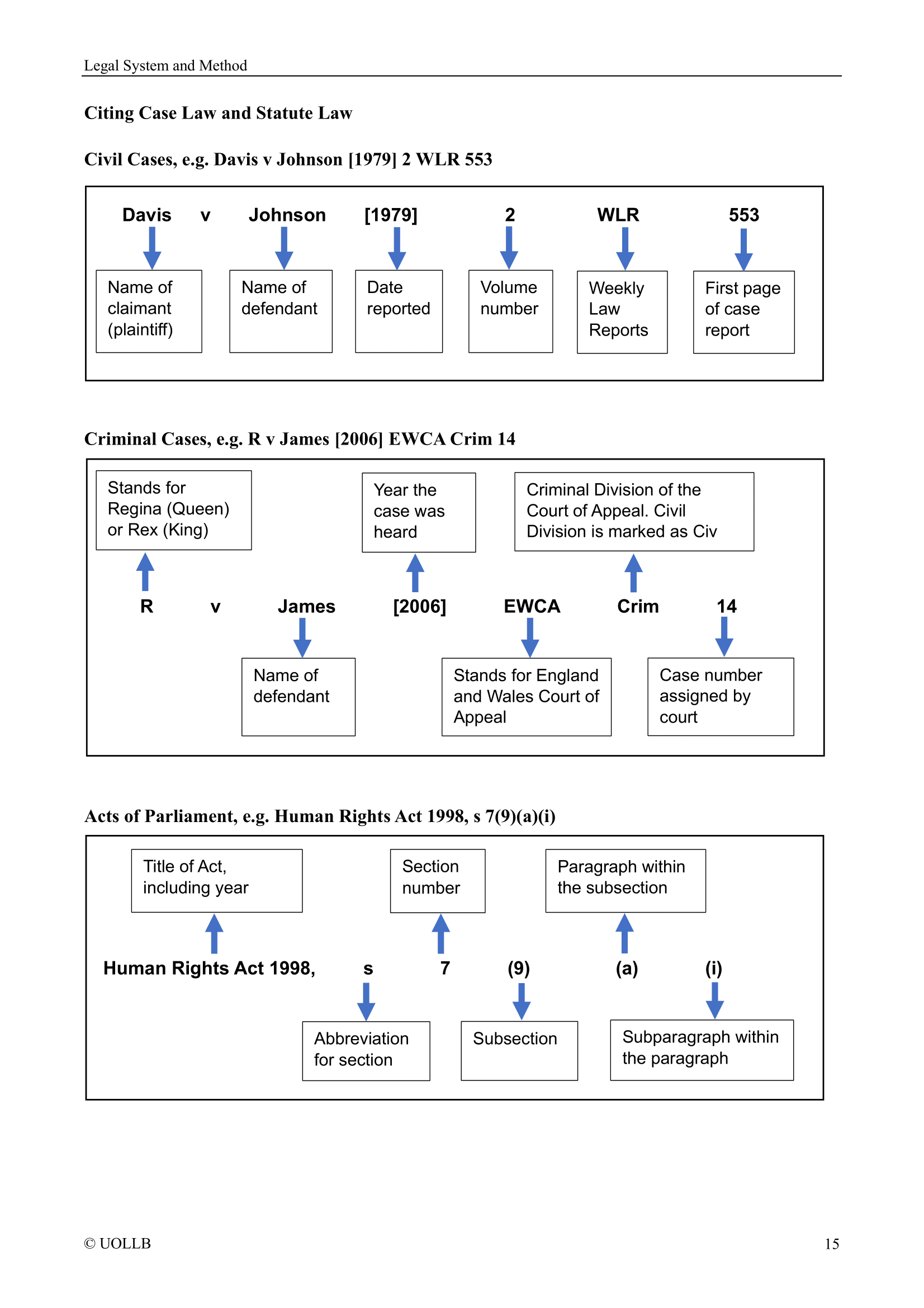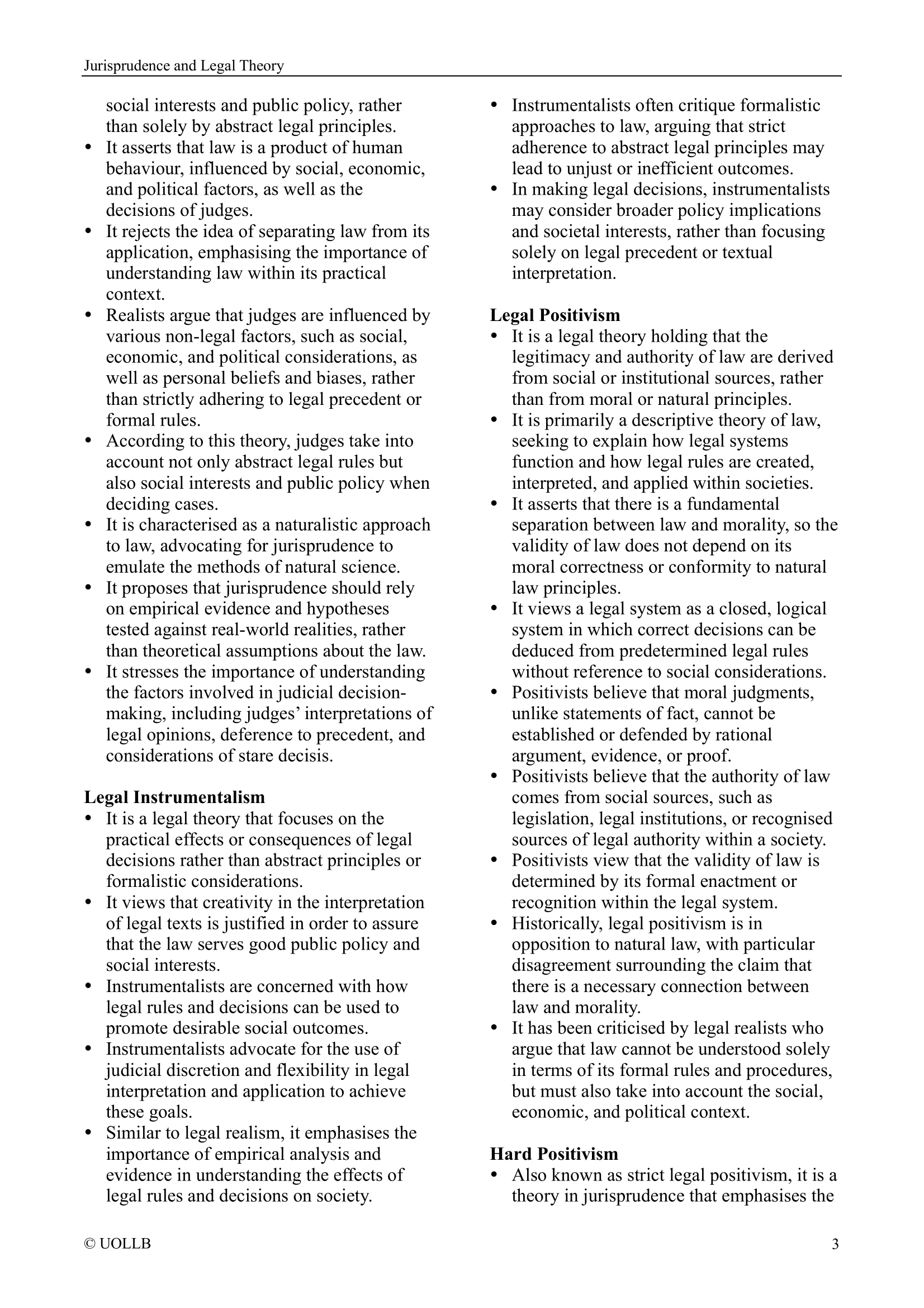Cambridge Water Co Ltd v Eastern Counties Leather Plc [1994]
Share
Cambridge Water Co Ltd v Eastern Counties Leather Plc [1994] 1 All ER 53 is a landmark decision in English tort law that fundamentally reshaped the interpretation of Rylands v Fletcher and private nuisance. Delivered by the House of Lords, the case introduced a requirement of foreseeability of harm into the Rylands doctrine and suggested, for the first time at the highest judicial level, that Rylands is not a freestanding tort but rather a specific subset of nuisance. This case therefore marked a pivotal shift in English tort jurisprudence, laying groundwork for later decisions, including Transco Plc v Stockport MBC.
The Cambridge Water Company, established by a private Act of Parliament in 1853, was responsible for supplying potable water to a growing population around Cambridge, which by 1976 had reached approximately 275,000. In that year, to meet increased demand, the company acquired a borehole near Sawston and incorporated it into its water supply system by 1979. Initial water testing showed the supply to be safe. However, following a 1980 European Directive and subsequent UK legislation in 1982 that set safety thresholds for perchloroethene (PCE), the company discovered the borehole had become contaminated with the chemical, rendering it unusable.
Investigations traced the source of the contamination to Eastern Counties Leather Plc, a nearby tannery. Since the 1960s, the tannery had used PCE extensively as a degreasing agent, handling as much as 100,000 US gallons annually. Though the individual spills were minor, typically occurring during the transfer of the chemical into machines or from leaking drums, they accumulated over time. An estimated 3,200 gallons leaked annually, eventually seeping through the chalk substrate into the aquifer feeding the borehole.
Cambridge Water sued the tannery on three grounds: negligence, nuisance, and under the rule in Rylands v Fletcher. In the High Court, Kennedy J dismissed all three claims. On negligence and nuisance, he held that the damage was not reasonably foreseeable, relying on established principles from Overseas Tankship (UK) Ltd v Morts Dock (Wagon Mound No. 1) and Hughes v Lord Advocate. On the Rylands claim, he interpreted "non-natural use" restrictively, arguing that the tannery’s activities were typical of industrial use and provided a community benefit. He also considered foreseeability a necessary element of liability under Rylands, reinforcing his dismissal of the claim.
The Court of Appeal reversed Kennedy’s ruling, relying heavily on the obscure case Ballard v Tomlinson to support the idea of strict liability in nuisance for interference with natural rights like access to clean water. The court reasoned that liability should attach regardless of foreseeability. It also held that the use of land had been non-natural, due to the large quantities of hazardous chemicals stored and used on the premises.
The case was appealed to the House of Lords, where Lord Goff delivered the leading judgment. He reinstated the High Court's decision and offered a major reinterpretation of the Rylands v Fletcher rule. Lord Goff first dismantled the Court of Appeal’s reliance on Ballard v Tomlinson, clarifying that the case had not established a general right to unpolluted water nor imposed strict liability in such situations.
Lord Goff then addressed the deeper doctrinal issues, most notably the relationship between nuisance and Rylands. He argued that Rylands had always been based on principles inherent in nuisance law, rather than constituting an independent tort. He emphasised that Rylands shared key features with private nuisance, especially the need to evaluate the reasonableness or "naturalness" of a defendant’s use of land.
It was held that foreseeability of harm should be an essential requirement in Rylands cases. Lord Goff reasoned that since nuisance requires foreseeability of the type of damage suffered, and Rylands is a sub-category of nuisance, the same principle must logically apply. He supported this position by referencing the Wagon Mound cases, which had previously introduced foreseeability into nuisance claims. Goff concluded that in the Cambridge Water case, it had not been reasonably foreseeable at the relevant time that PCE would pose a risk of serious contamination to a distant water supply, and therefore, no liability could arise.
The Cambridge Water case had a profound impact on English tort law in several respects. First, it introduced foreseeability of harm as a requirement in both nuisance and Rylands v Fletcher claims, fundamentally changing how these doctrines would be applied in the future. Previously, Rylands was often treated as imposing strict liability for escapes of dangerous substances, regardless of whether the harm could have been anticipated. After Cambridge Water, liability under this rule was significantly narrowed.
Second, the decision strongly implied that Rylands v Fletcher is not a separate tort but rather a specific type of nuisance claim. Although Lord Goff did not definitively abolish Rylands as an independent cause of action, he suggested that it should be interpreted as an extension of nuisance law governed by the same principles. This interpretation paved the way for the decision in Transco Plc v Stockport MBC (2003), which confirmed that Rylands was not an autonomous tort.
This case reshaped the landscape of English tort law by aligning Rylands v Fletcher with nuisance and injecting a requirement of foreseeability of harm into both doctrines. Though praised for clarifying legal principles, the judgment left open interpretative questions that would only be definitively answered in later cases such as Transco. Nonetheless, it remains a foundational case in the development of modern nuisance and environmental liability law.
